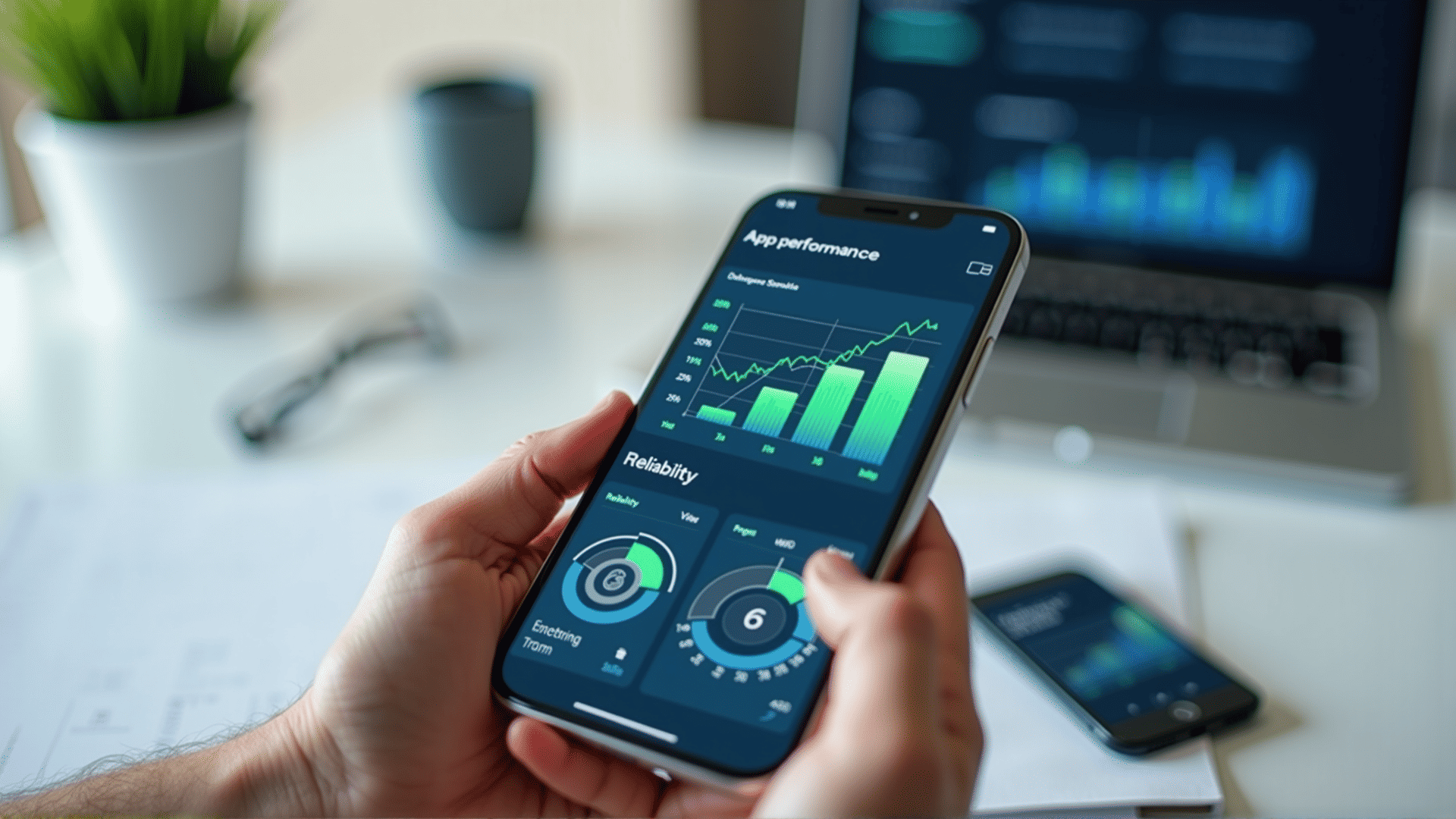In today's fast-paced digital landscape, users expect apps to deliver instantaneous results and seamless experiences. With the abundance of options available, any delays or hiccups can quickly lead to user dissatisfaction and app abandonment. Therefore, optimizing your app's performance is not merely an enhancement but a necessity to ensure speed, reliability, and superior user experience.
The foundation of effective app optimization begins with understanding the key performance metrics that matter most. Start by identifying critical elements such as load time, responsiveness, and stability. These metrics form the cornerstone of an optimal user experience and directly affect how users perceive your app.
Load time is paramount. A sluggish app risks losing users before they even fully engage. To streamline load times, consider strategies such as reducing the size of app assets, utilizing lazy loading techniques, and compressing data. Employing a robust content delivery network (CDN) can also significantly reduce latency by serving content from geographically closer servers.
Responsiveness is another cornerstone of app optimization. An app that responds swiftly to user interactions contributes to a fluid user experience. Ensure that your app’s user interface is optimized by minimizing unnecessary animations, preloading essential data, and optimizing code for efficiency. Reduce the main thread workload to keep the app responsive, particularly during CPU-intensive operations.
Stability is crucial for retaining user trust. Frequent crashes can tarnish your app’s reputation and deter users from returning. To enhance stability, rigorously conduct testing across different devices and environments. Implement automated crash reporting tools to identify and address issues promptly. Employ effective error handling to gracefully manage unexpected behavior and provide users with helpful error messages.
Beyond these fundamentals, consider optimizing both front-end and back-end processes. On the front end, streamline interactions by removing redundant UI elements and ensuring intuitive navigation. Employ adaptive design principles to ensure consistent performance across multiple devices and screen sizes.
On the back end, efficient server management is vital. Ensure that databases are optimized for queries to enhance data retrieval speed. Implement caching strategies to reduce server load and improve data access times. Evaluate and select the appropriate hosting solutions that offer scalability and minimal latency.
Optimization is not a one-time task but an ongoing commitment. Regularly monitor app performance using analytical tools to gain insights into user behavior and identify potential bottlenecks. Utilize A/B testing to collect data-driven evidence of which optimization strategies resonate most with your users.
Finally, don’t underestimate the power of user feedback. Encourage users to share their experiences and actively listen to their suggestions. A community-driven approach can provide invaluable insights into areas for improvement that might not be apparent from analytics alone.
In conclusion, optimizing your app is an integral component of ensuring its success. By focusing on enhancing load times, responsiveness, and stability, and by continuously monitoring and iterating on your optimization strategies, you lay the groundwork for a performant app that delights users. In a competitive marketplace, these optimizations can be the distinguishing factor that retains users and propels your app to new heights.
